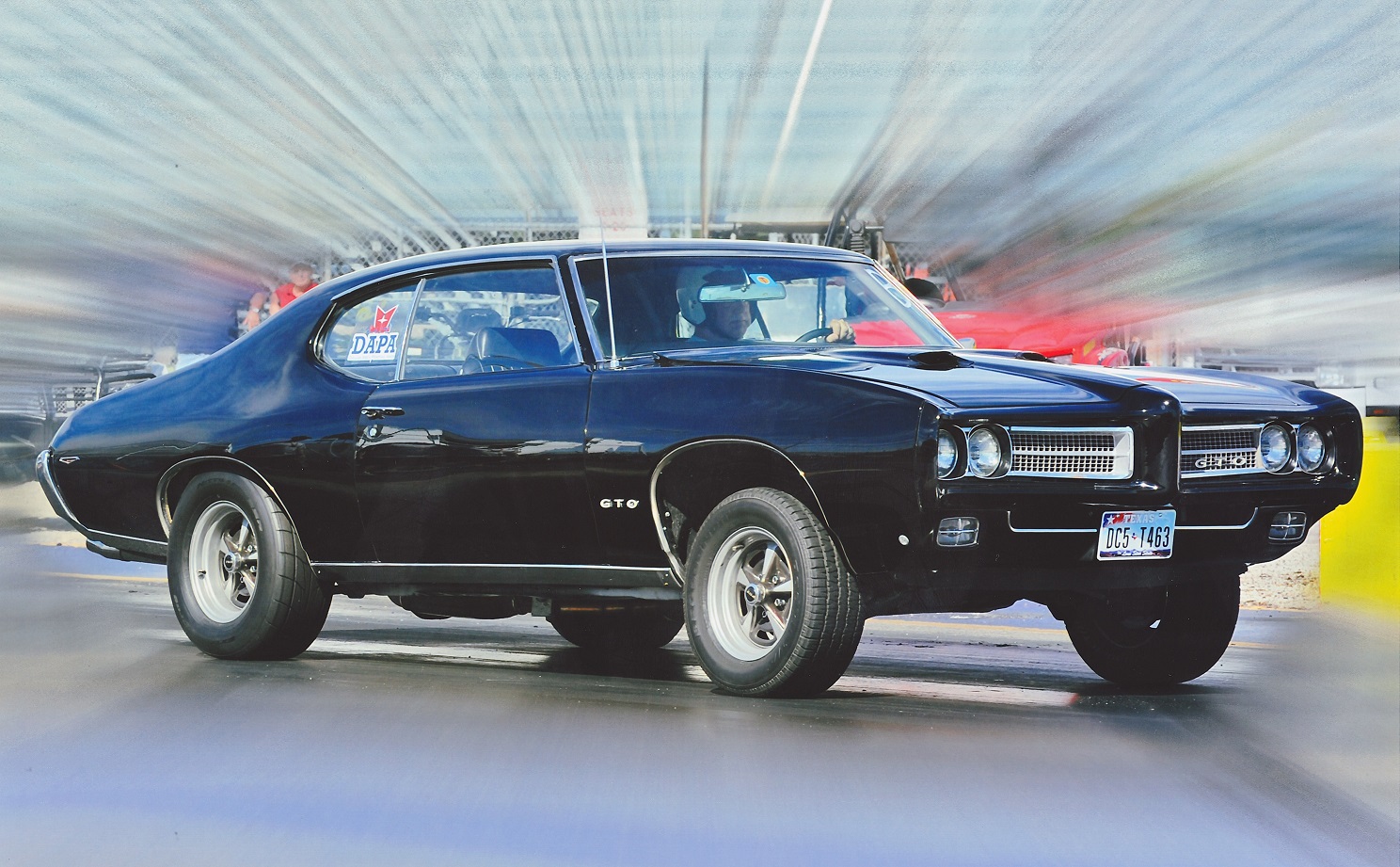Building a Strong Street Machine – Part 9: Intake Manifold Crossover Matching
- March 16th, 2010
- By D.A.P.A
- Write comment
The Q-Jet intake manifolds from 1967 to 1972 are functionally equivalent (except for type of chokes) and will bolt up to any 1965 and up heads and front cover. The 1973/74 manifolds are similar in function (and will bolt up) but have the EGR provision which requires a matching push rod cover (1973 to 1979). The 1975 and later Q-Jet manifolds have the EGR, restricted secondary openings, and poorer overall design. Read more

